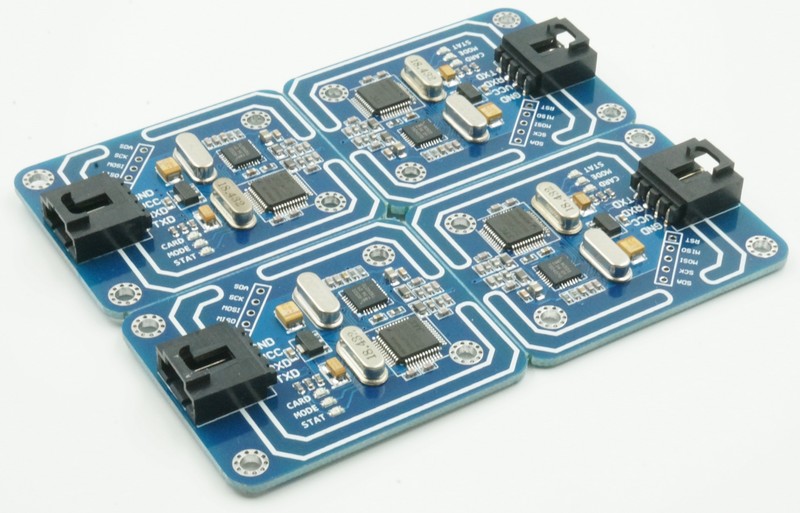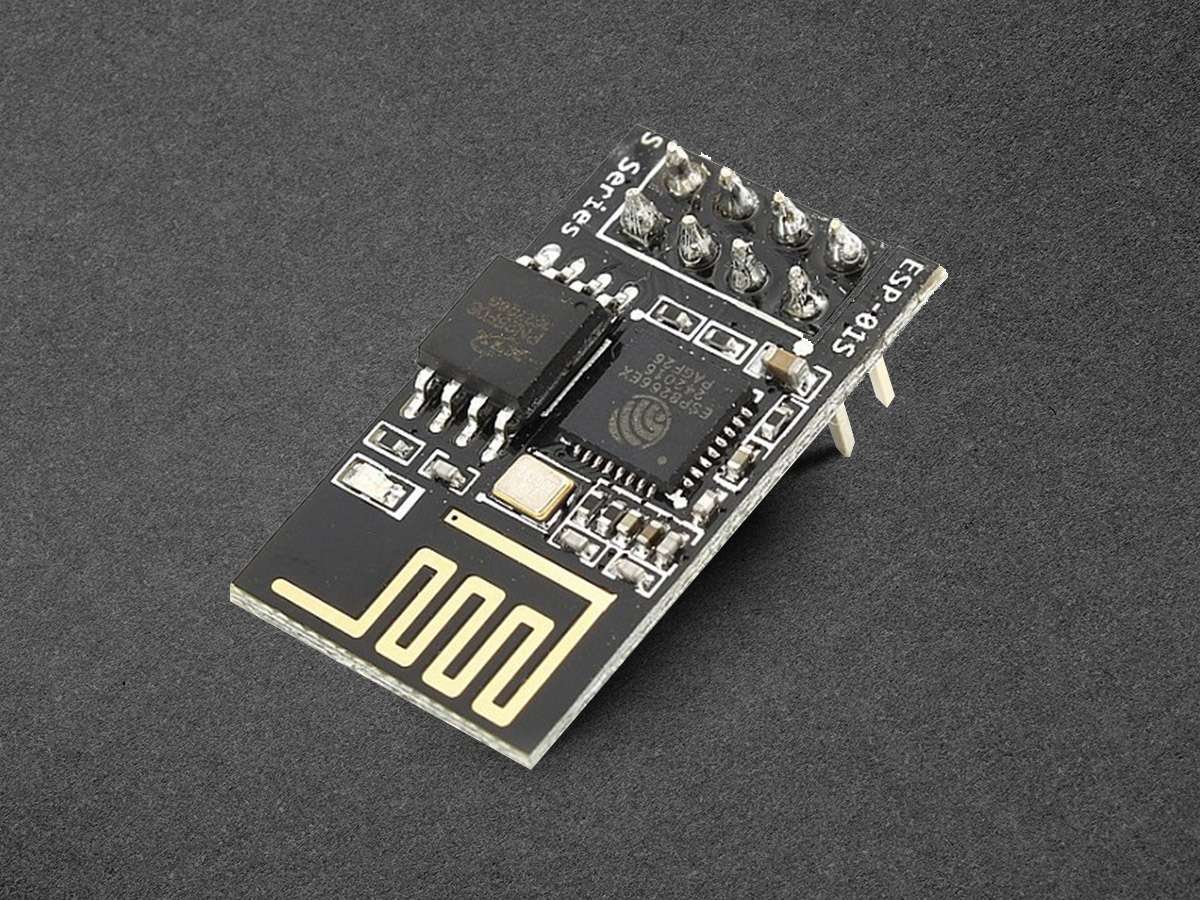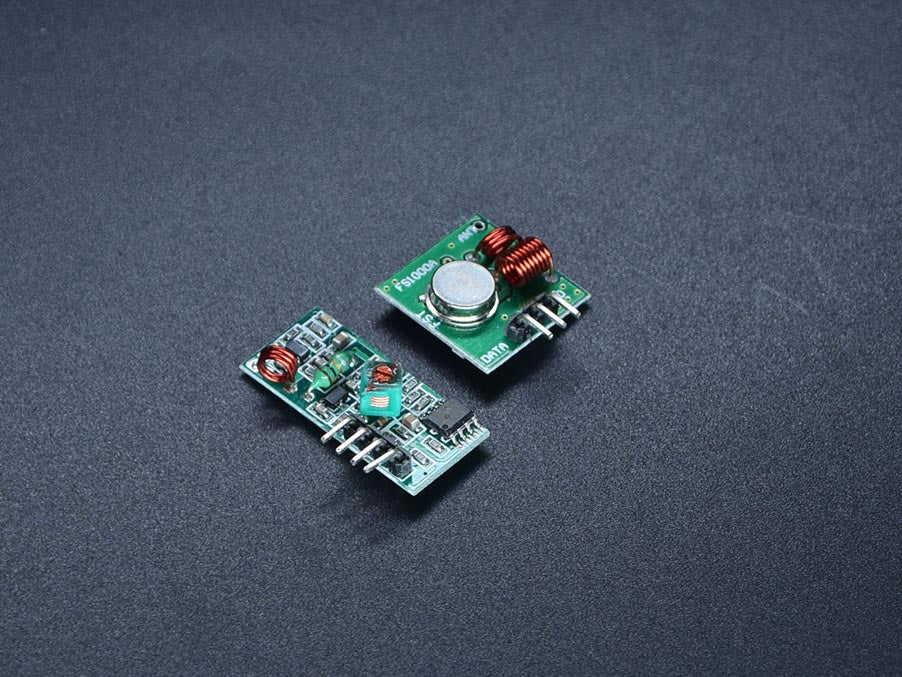Definition, advantages and applications of wireless transparent transmission module
A Wireless Transparent Transmission Module is a compact unit that sends raw data wirelessly—no processing, no protocol headaches. Think of it as a virtual serial cable: It delivers data between devices precisely as is. These modules often replace physical cables in remote setups, letting engineers transmit serial port data without touching a line of code. As it expands, IoT has become a key player in creating seamless, low-effort wireless connections across long distances.
Core Advantages of Using a Wireless Transparent Transmission Module
One of the most compelling advantages of Wireless Transparent Transmission Modules is their ease of use. Developers can implement them without needing to understand radio frequencies, wireless networking protocols, or data encryption standards. For example, a module like OTOMO’s GC433-TC016 can be integrated into a device using only basic knowledge of serial ports, drastically reducing development time and overhead.
Another key benefit lies in real-time data integrity. Because these modules do not compress, encrypt, or interpret data, they deliver near-zero latency communication. They also provide superior transmission stability and strong anti-interference performance. This ensures robust operation in electrically noisy environments, such as factories or warehouses, where interference is common. Offering a plug-and-play experience, they help engineers avoid delays during the traditional integration of wireless systems.

How Wireless Transparent Modules Enhance Development Efficiency
From a development standpoint, Wireless Transparent Transmission Modules simplify the entire workflow. There is no need to build custom transmission protocols or invest in expensive gateway devices. This is particularly valuable in rapid product development environments, where minimizing time-to-market is crucial. OTOMO’s GC433-TC016, for instance, comes with test kits for beginners, accelerating the prototype phase.
In addition, many modules feature built-in UART interfaces, which are already standard in most embedded devices. This enables seamless integration without requiring redesign of existing hardware. With fewer hardware adjustments and minimal software overhead, the module significantly shortens the development cycle. Moreover, this simplicity extends to maintenance—these modules require little to no configuration updates once deployed.
Wide-Ranging Industrial Applications
Wireless Transparent Transmission Module is used in various sectors, from industrial automation to consumer electronics. Factory automation enables the remote monitoring of machines without the need for miles of cables. Wireless data can be collected from sensors distributed across large agricultural fields. These modules prove invaluable in transmitting environmental data without disrupting operations.
In consumer applications, devices such as robotic vacuum cleaners benefit from these modules by enhancing connectivity between their components. For instance, a robot may use a transparent module to receive real-time sensor data from its cleaning head. This enables more innovative route planning and obstacle detection, all without heavy computing on the main board. Their reliability and durability make them a preferred choice in harsh and delicate environments.

Scalability and Long-Range Communication
One of the most remarkable features of modern Wireless Transparent Transmission Modules is their scalability. Solutions like the GC433-TC016 leverage the LoRa protocol, which supports ultra-long-range communication. With the ability to transmit data over several kilometers, these modules are ideal for scenarios such as smart city infrastructure or wildlife monitoring systems.
Moreover, their intense signal penetration allows them to operate through walls and dense structures. This opens the door for applications in building management, where signals must travel across multiple floors. Engineers can deploy dozens of modules in a network without compromising transmission quality. Their design supports dense IoT ecosystems, allowing multiple modules to communicate simultaneously without collisions.
Security and Stability Without Complexity
Though transparent by design, these modules don’t compromise on security. While they avoid complex encryption layers, many models include basic AES encryption to protect data from unauthorized interception. This strikes a balance between data security and transmission speed.
Another hallmark feature is stability. These modules operate consistently across a wide range of temperature extremes and in environments with electromagnetic interference. Their robust architecture enables them to handle thousands of transmission cycles without performance degradation. They maintain reliable operation, whether deployed in cold outdoor stations or hot factory floors.
The Role of Transparent Modules in IoT Ecosystems
In an interconnected world, Wireless Transparent Transmission Modules enable seamless communication. As the number of connected devices surges, these modules reduce network congestion by bypassing protocol-heavy communication stacks, thereby enhancing overall network performance. This efficiency is especially valuable in IoT applications requiring high data throughput with minimal latency.
They also contribute to reduced energy consumption. Power usage remains low because they transmit data directly without processing overhead, making them ideal for battery-powered devices in remote locations. Combined with low maintenance needs, these features help reduce the total cost of ownership over the product lifecycle.
Empowering Connected Systems with Wireless Transparent Transmission Module
The Wireless Transparent Transmission Module is far more than a communication tool—it’s a cornerstone of modern device design. Its simplicity, reliability, and efficiency enable engineers to build smarter, faster, and more connected systems. From industrial machinery to consumer devices, these modules accelerate innovation across industries.
As innovative technologies continue to expand, so does the demand for dependable and flexible communication solutions. Wireless Transparent Transmission Modules meet this demand head-on, providing developers with an accessible path to wireless connectivity without compromising performance. Their role will only grow more prominent as the Internet of Things (IoT) and automation shape the technological landscape.







